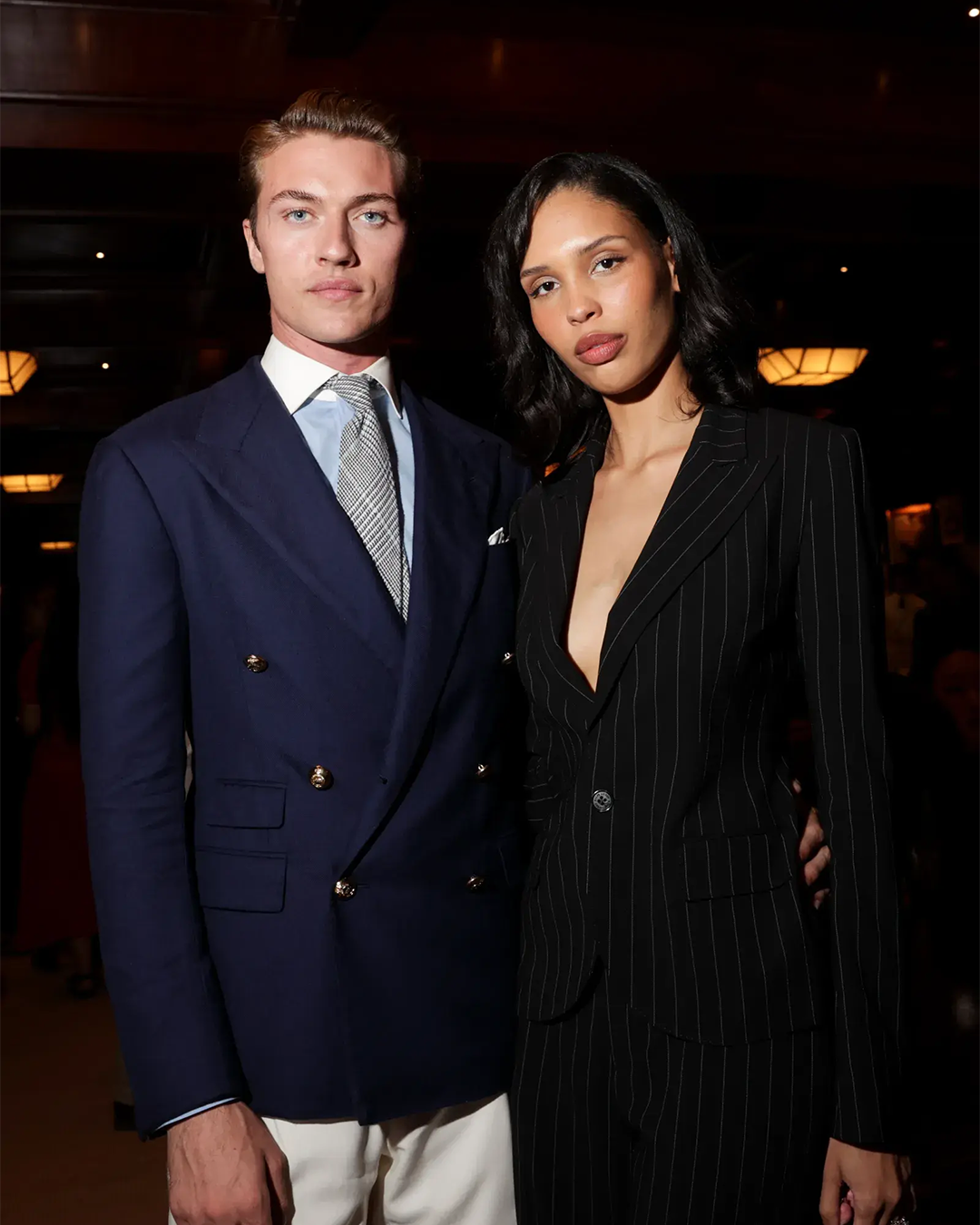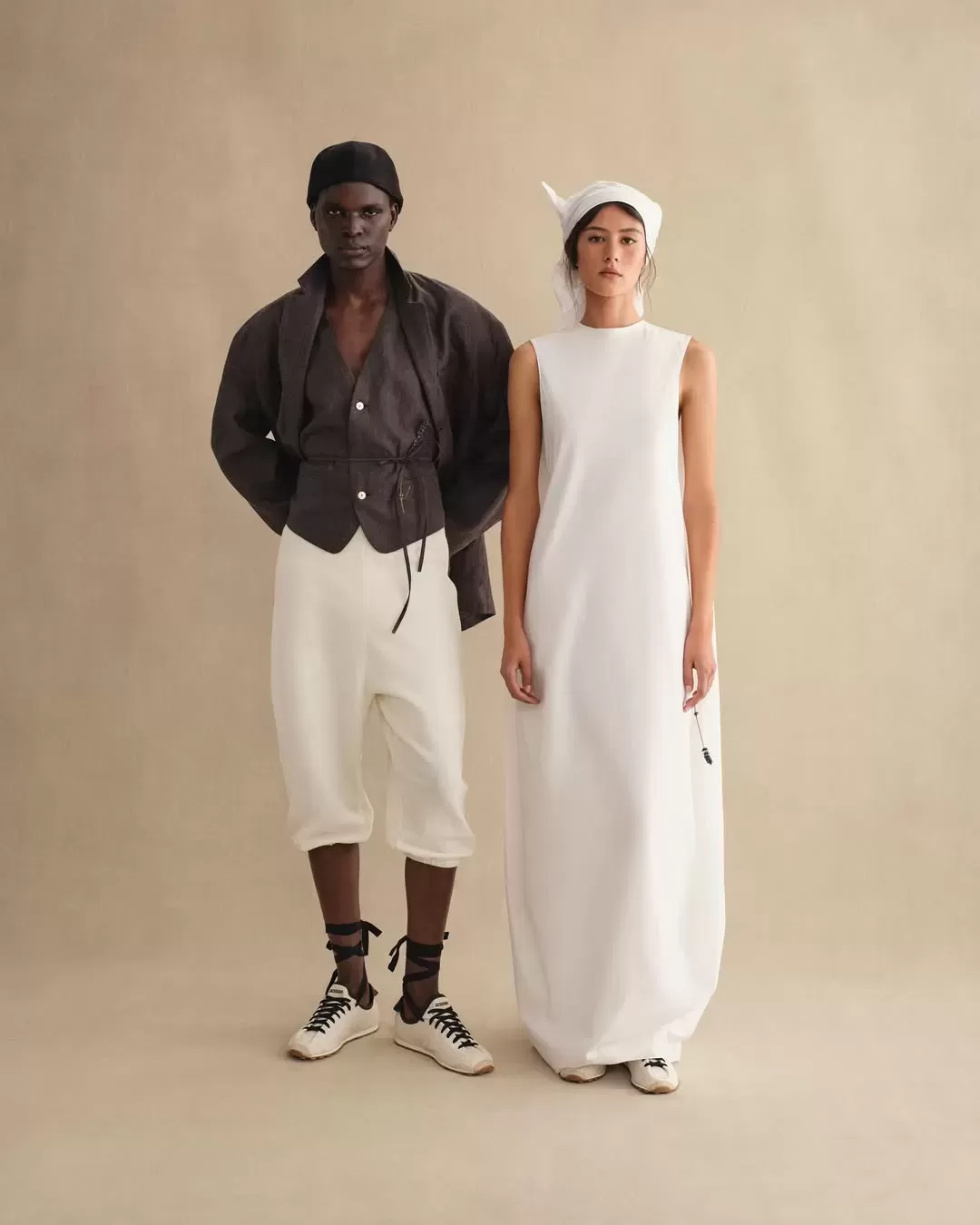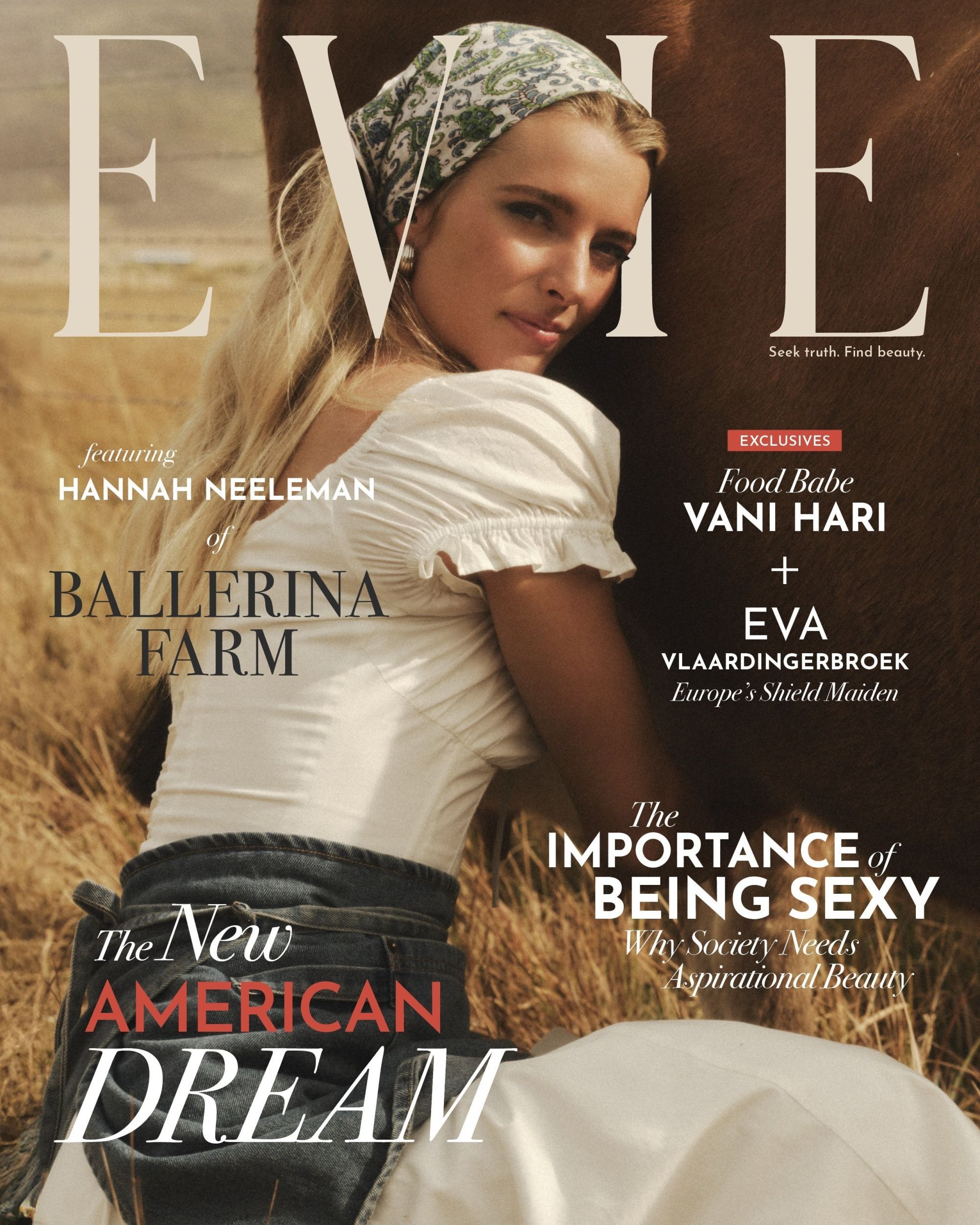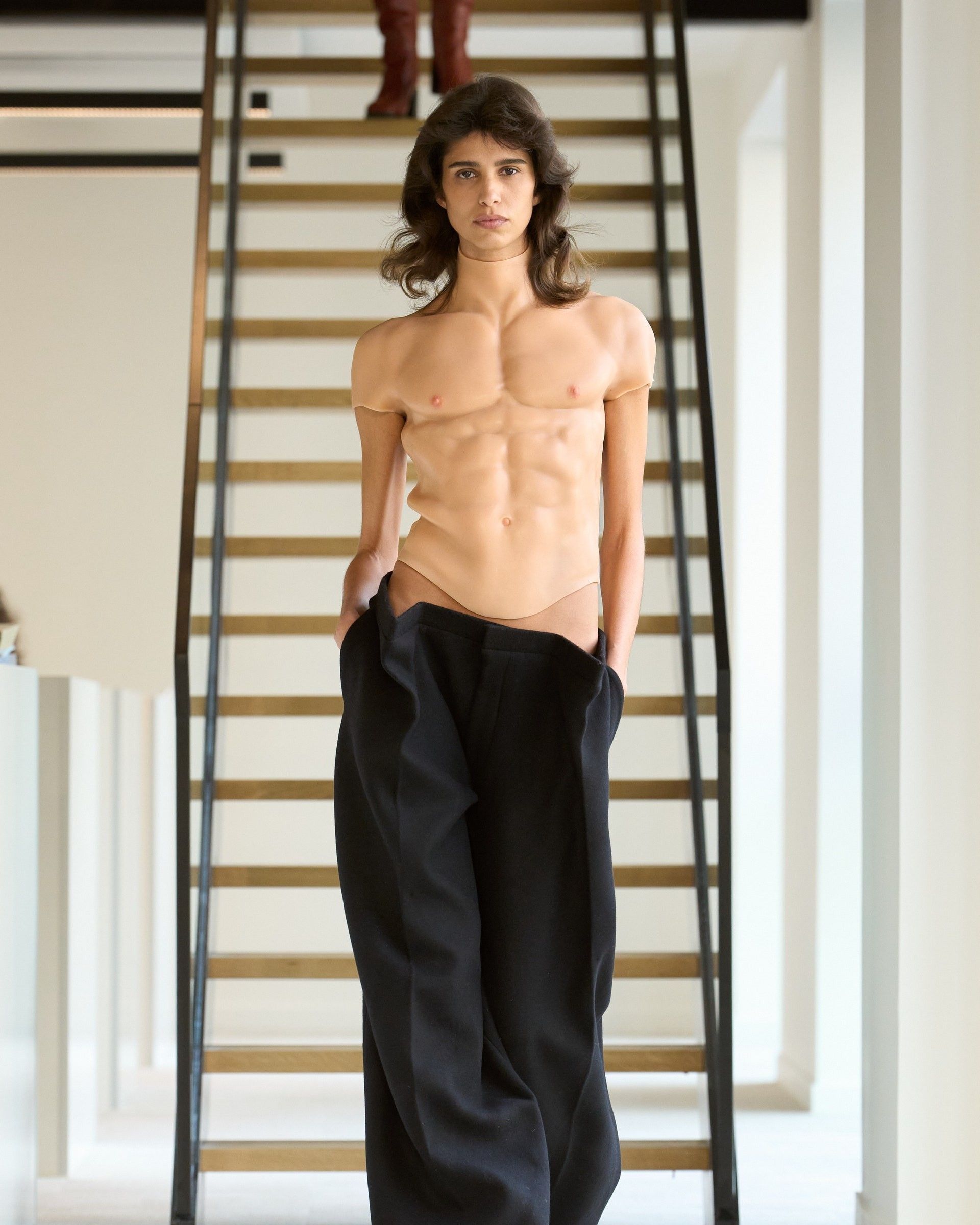
Fashion’s Quiet Anticipation of Conservatism’s Rise From the core to the aesthetics, the signs were there
Earlier this month, the results of the American elections ushered in a new era of conservatism following the landslide win of Republican candidate Donald Trump. For many, this came as a shock, especially considering Vice President Kamala Harris’ influence on pop culture. But for others, it was an expected turn of events—a distant wave of gloom that was bound to hit. For the fashion industry, many have been trying to make sense of the aftermath, speculating what this will mean for creatives and business owners in the years ahead. However, if one looks at the industry’s climate leading up to this moment, it becomes clear that the writing was on the wall long before the elections. Fashion, in many ways, is political. Trends and movements often reflect a broader cultural shift, and the last two to three years have seen subtle but significant shifts toward more traditional, conservative values. This shift, which can be seen in everything from quiet luxury to the trad-wife aesthetic, hints at a return to a time when femininity, modesty, and restraint were revered—values not often associated with the hyper-individualistic trends that dominated the 2010s.
Me restraining myself from saying fashion trends predict future political sentiments and that 4 years of non stop quiet luxury, old money, trad wife, and cottagecore based obsessions showed where we were heading for awhile pic.twitter.com/sytGCN9Vdy
— sal (@ghostinmypocket) November 10, 2024
Over the past few years, the fashion landscape has been marked by trends that reject excess and embrace understated elegance. Quiet luxury, for example, celebrates high-quality craftsmanship and timeless, refined pieces that do not rely on visible logos to convey their status. Instead of the flashy streetwear and logo-heavy trends that have dominated for years, this trend signals a return to old-money sophistication, evoking a sense of restraint that resonates with more conservative sensibilities. Similarly, the trad-wife aesthetic draws inspiration from mid-20th-century domesticity, with an emphasis on feminine, housewife-inspired fashion. Think vintage-style dresses, aprons, and soft, pastel tones—clothing that celebrates an idealized version of gender roles, where women stayed at home and embraced the role of caretaker and nurturer. While often romanticized, this trend is a return to the traditional, gendered ideas that many modern movements have sought to dismantle.
@mariumimj @Cottage Noir There’s so many other nuances to be explored like the intersection of capitalism and patriarchy #minimalism #cleangirlaesthetic #cleangirlmakeup #quietluxury #oldmoneyaesthetic #maximalism #southasiantiktok #racism #colonialism #chromophobia original sound - Marium Jeelani
Alongside this, the stay-at-home girlfriend trend promotes a lifestyle where comfort and femininity reign supreme. Clothes in this aesthetic are often cozy and soft—oversized sweaters, casual skirts, and airy fabrics—which align with a more domestic, traditional view of femininity. There is also the rise of the clean girl aesthetic, which has been exposed for being racist, fat-phobic, and ageist, as it echoes a conservative ideal of women as pristine, poised, and unobtrusive. This is similar to the milkmaid dress and cottage core trends, reflecting an idealized version of femininity tied to simplicity and rural life. These few trends signal a marked contrast to the bold, brash fashion that defined the early 2010s. Where previous years were dominated by hyper-individualistic, rebellious styles—often driven by the desire to stand out—these newer trends suggest a longing for familiarity and stability, this shift, of course, is not just about clothing; it speaks to a broader cultural longing. The pandemic, which brought a wave of introspection and a return to home-centered living, helped catalyze these shifts in fashion. Comfort became key, and the desire for stability led many to embrace simpler, more traditional values, which are now being reflected in what people choose to wear.
Fashion has always been an indicator of deeper societal shifts, and history has shown that it is often ahead of the political curve. From the austerity of the 1940s, where clothing was practical and modest due to the war effort; to the rebellious 1960s, where fashion mirrored the countercultural movements challenging traditional norms, fashion has always reflected the political climate of its time. In times of crisis or societal upheaval, there is often a retreat into conservatism, both in terms of politics and style. This is no different today. The rise of more conservative, home-centered fashion trends correlates with growing societal concerns about the future, whether due to economic instability, political polarization, or the lingering effects of the pandemic. People are looking for stability and comfort, and in that search, they are turning to values that have been around for decades—if not centuries. But these trends are not just reflective—they are inherently political. The trad-wife aesthetic, for instance, plays directly into a nostalgic view of gender roles, offering a romanticized image of domesticity that many conservatives hold dear. The subtle critique of ostentation in quiet luxury can be read as a commentary on the excesses of capitalism, which increasingly feels out of step with the economic realities faced by many today.
In a time when economic inequality is rising, the appeal of understated wealth is growing, making the quiet luxury trend not just a fashion choice, but an implicit commentary on the need for restraint and moderation. Moreover, social media has amplified these shifts. The role of influencers in popularizing these trends cannot be underestimated. Through carefully curated content, influencers make these conservative aesthetics seem not only desirable but aspirational. What was once niche or eccentric now becomes mainstream, normalized by the sheer volume of digital content showcasing these looks. The rise of Instagram and TikTok has democratized fashion, allowing these trends to spread quickly and widely. In this way, social media does not just reflect but actively shapes the culture, guiding trends and amplifying their influence. Of course, the fashion industry itself has a responsibility in this shift. While it is tempting to view fashion as merely a reflection of broader societal movements, the industry also plays a role in shaping public opinion. Designers, brands, and influencers have long used fashion as a tool for political messaging, and a means of responding to what the people need. The industry has a history of speaking to political moments.
Dressed in a #GucciCruise20 GG stripe jacket with ‘My Body My Choice’ appliquéd on the back, @BusyPhilipps attended a reproductive rights rally last week outside of the Supreme Court in Washington D.C. #IWD #IWD2020 pic.twitter.com/TV0aL6BAvg
— gucci (@gucci) March 8, 2020
During the last Trump era, designers like Alessandro Michele at Gucci or Maria Grazia Chiuri at Dior used fashion to make feminist statements, often embedding overtly political messages into their collections. Pieces adorned with slogans like “My Body, My Choice” or “We Should All Be Feminists” and dresses featuring symbolic representations of femininity, such as ovaries, were a direct response to the political climate, especially during the Me Too movement, or even as far back as the late 1940s when Christian Dior created “The New Look” as a way to welcome hope following the austerity of World War II. Fashion, then, was never passive; but reflected the political landscape and played an active role in shaping it. As we look ahead, it remains to be seen what role the fashion industry will take in the political discourse this time around. The trends we see today may simply be a reflection of the times, a natural response to the uncertainty and conservatism of the political climate. However, fashion has often led society, not just followed it. The rise of these conservative aesthetics may be more than a coincidence; they could be a precursor to a deeper cultural shift, one that will influence political conversations, policy, and social norms. Only time will tell if the industry will remain passive or play an active role in shaping the next phase of our cultural and political evolution.














































